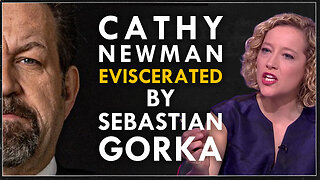Learn CSS: Box Model in CSS | Day 15 | Margin And Padding | Web development course
Visit - www.skyhgiehs.com
The Box Model in CSS: Margin and Padding
The box model is a fundamental concept in CSS that defines how elements are laid out on a web page. It's crucial for understanding how margins and padding work and how they affect the overall design of your website.
Components of the Box Model:
Content: The actual content of the element, such as text, images, or other HTML elements.
Padding: A transparent area around the content that adds space between the content and the border.
Border: A visual line around the padding.
Margin: A transparent area outside the border that creates space between the element and other elements.
Margin and Padding Properties:
margin: Sets the margin for all four sides of an element (top, bottom, left, right).
margin-top: Sets the margin for the top side of an element.
margin-bottom: Sets the margin for the bottom side of an element.
margin-left: Sets the margin for the left side of an element.
margin-right: Sets the margin for the right side of an element.
padding: Sets the padding for all four sides of an element.
padding-top: Sets the padding for the top side of an element.
padding-bottom: Sets the padding for the bottom side of an element.
padding-left: Sets the padding for the left side of an element.
padding-right: Sets the padding for the right side of an element.
Box Sizing:
There are two main approaches to box sizing:
Content-box: The default behavior, where the width and height properties only affect the content area. Margin and padding are added outside, increasing the overall size of the element.
Border-box: Width and height properties include the padding and border, making it easier to calculate element sizes. Margin is added outside the box.
-
 19:09
19:09
Scammer Payback
2 days agoConfronting Scammer Payback Imposters
6.48K12 -
 23:30
23:30
Mr Reagan
14 hours agoGorka HUMILIATES Cathy Newman
10.7K27 -
 42:22
42:22
The Why Files
3 days agoProject Looking Glass | The Time Warriors of the 2012 Apocalypse
66.7K77 -
 1:36:46
1:36:46
Roseanne Barr
6 days ago $212.98 earnedFor Love of Country with Tulsi Gabbard | The Roseanne Barr Podcast #50
210K654 -
 1:47:41
1:47:41
The Charlie Kirk Show
5 hours agoTHOUGHTCRIME Ep. 48 — Trump Rally Aftermath + Pride Month + "White Fortressing"?
59.9K30 -
 2:15:48
2:15:48
Laura Loomer
5 hours agoEP52: THE GREAT REPLACEMENT: Trump and Biden Spar Over Border Policies Ahead of First Presidential Debate
37K26 -
 1:29:23
1:29:23
Kim Iversen
6 hours agoJournalists Critical of Israel Fired and Threatened With Arrest! | What Is “Scholasticide” In Palestine?
52.9K84 -
 2:01:58
2:01:58
Melonie Mac
7 hours agoGo Boom Live Ep 6
31.4K12 -
 1:21:32
1:21:32
Game On!
5 hours agoStanley Cup Finals: Oilers vs Panthers Series Preview
25.2K4 -
 1:15:28
1:15:28
Precision Rifle Network
1 day agoGuns & Grub S2E7
23.5K6